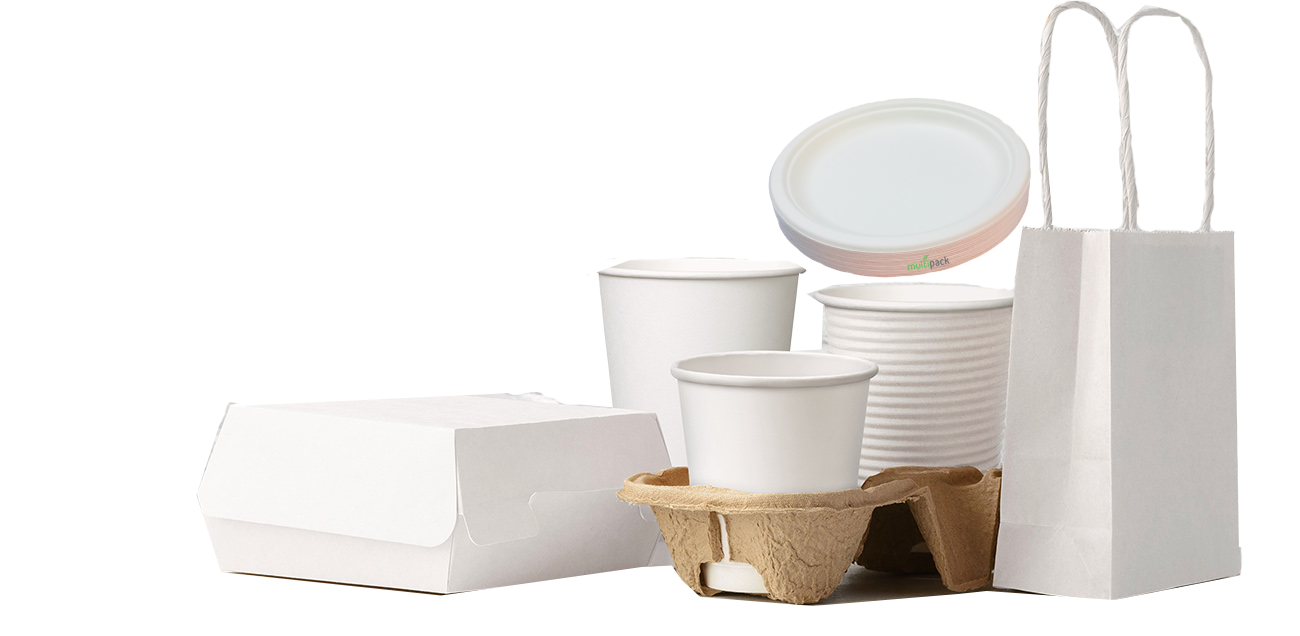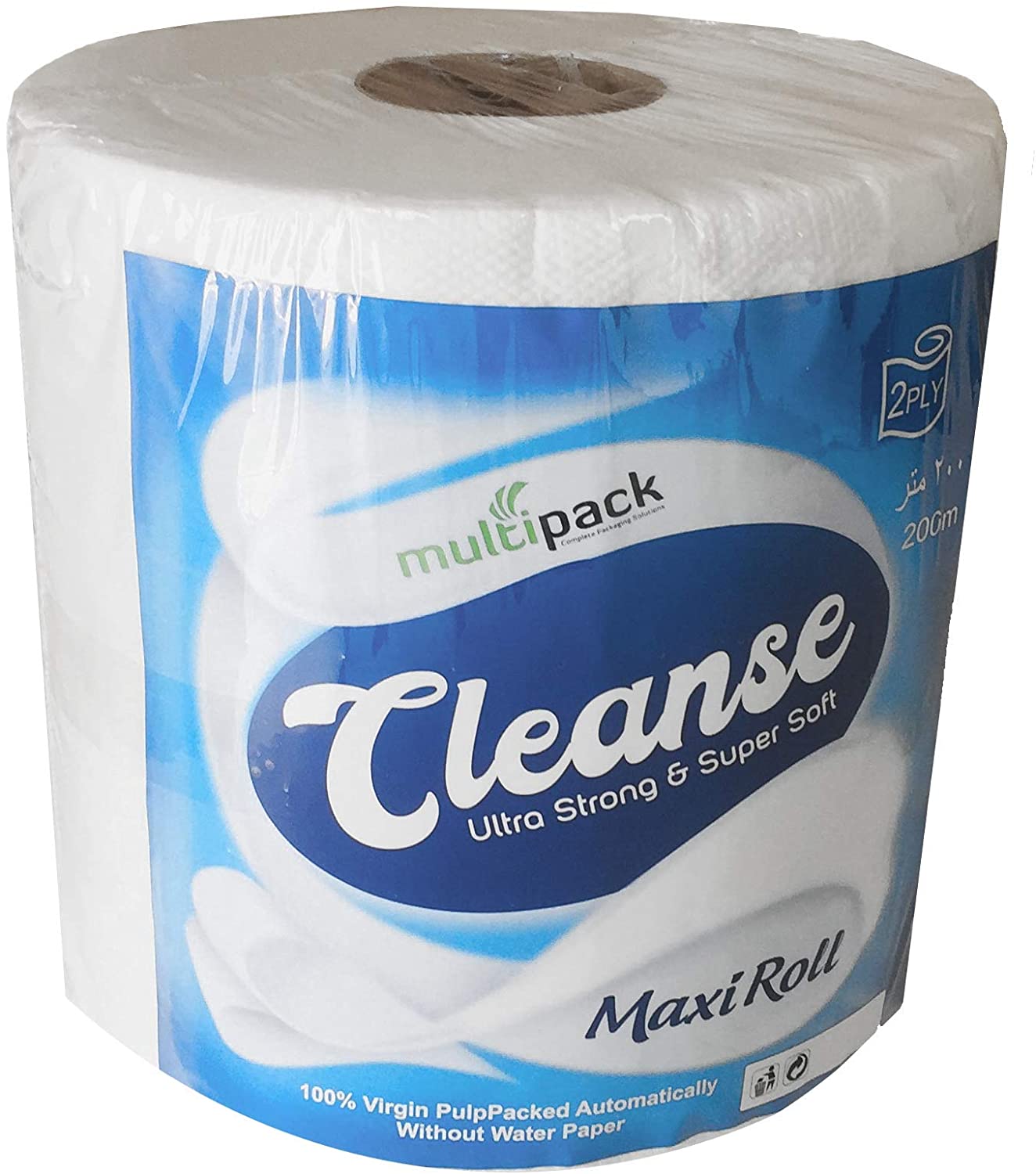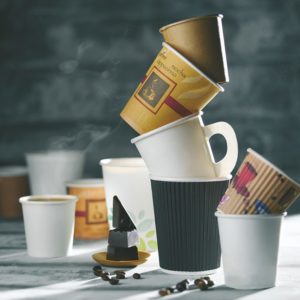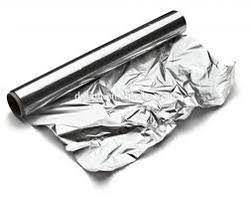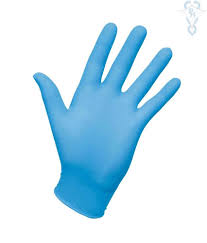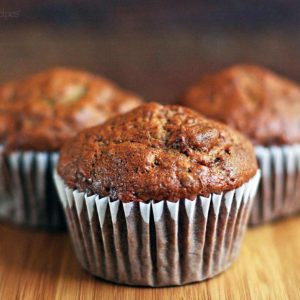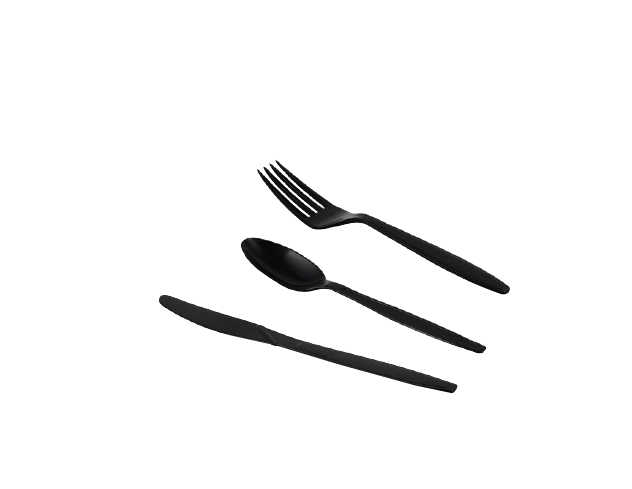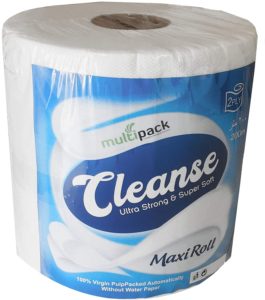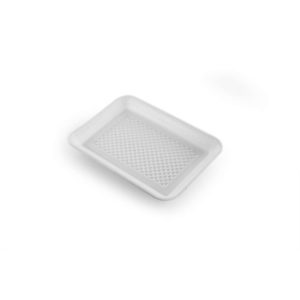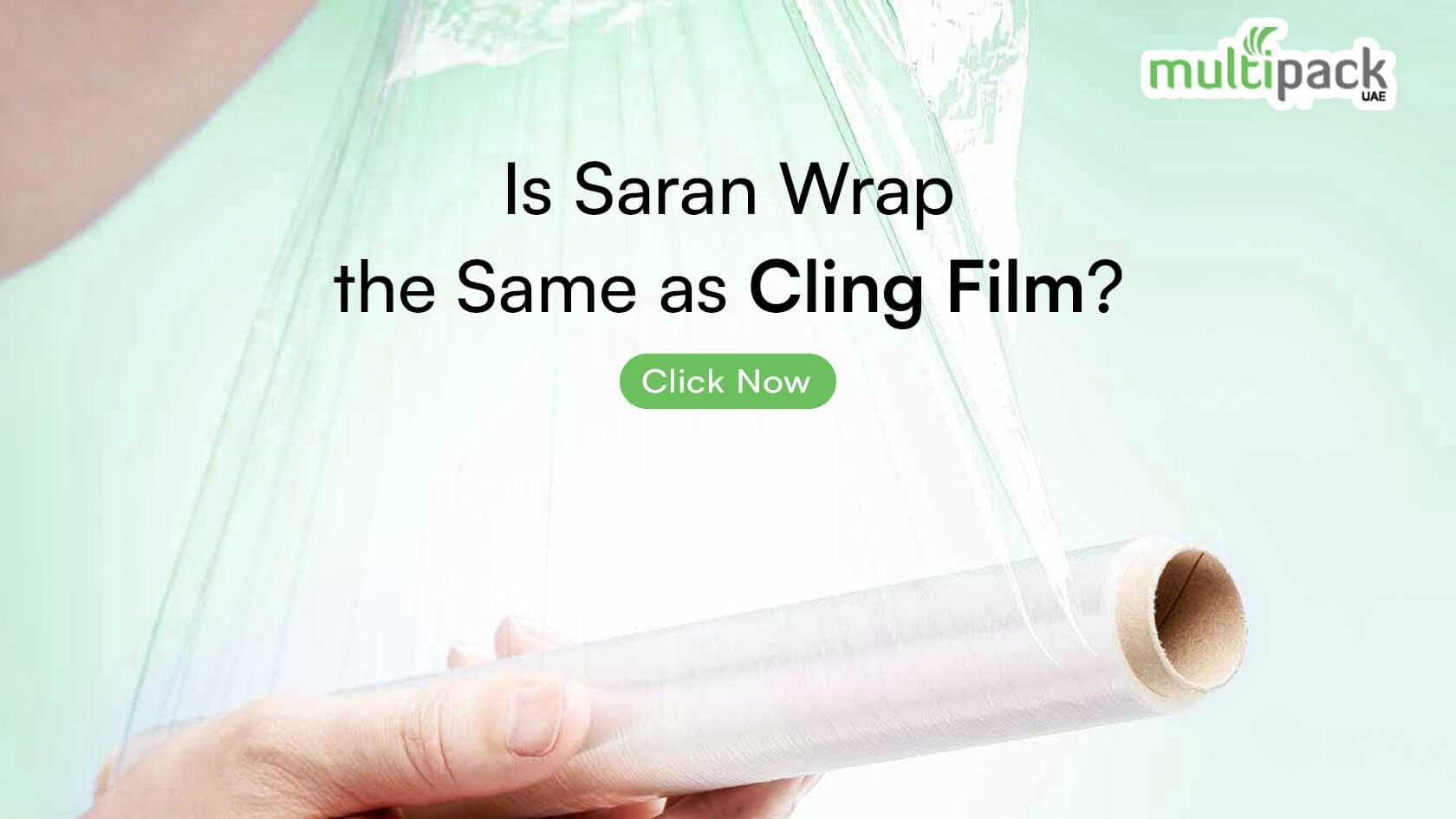Is Saran Wrap the Same as Cling Film? Leave a comment
Plastic wraps act as saviors in day-to-day storage of foods. It helps preserve freshness, prevents contamination, and makes kitchen management easy. Most commonly used terms include “Saran Wrap” and “cling film.” Are they the same? Or are there major differences between the two? Let’s look into this simple yet very important topic: which one is the best for your food storage needs?
These wraps are highly common in household and restaurant usage as well as in industrial sectors. The wraps give easy and fast solution coverage to leftover, packed lunch preparations, and for preserving fresh vegetables and fruits. Hence, when available in numerous forms in the market, the distinctions between these plastic wraps may also save your precious time and money. In this way, correct selection also ensures waste minimization and sustains the environment.
The learning about materials and their applications also helps to ensure that the food is kept safe. Whichever may be your cooking destination, home or a commercial one, it matters how you pick the right wrap for yourself.
Difference between Saran Wrap and Cling Film
Saran Wrap is a brand name of plastic wrap that was first developed in the middle of the 20th century. It was made from polyvinylidene chloride, which is a material that has excellent clinginess and durability. However, because of environmental concerns, Saran Wrap eventually changed to other materials such as polyethylene, which are safer and more environmentally friendly.
On the other hand, Cling Film is a generic term for thin plastic wraps used for food storage. It is usually made from polyethylene or PVC (polyvinyl chloride). Cling film is known for its stretch ability and ability to tightly cover containers and food items. Key Differences Between Saran Wrap and Cling Film
While they may seem similar, there are key distinctions between Saran Wrap and cling film:
- Brand vs. Generic: Saran Wrap is a branded product, whereas cling film is a general term for all types of plastic wraps.
- Materials: Traditional Saran Wrap was made of PVDC, while most cling films are made of polyethylene or PVC. Modern Saran Wrap is also made of polyethylene, aligning more closely with generic cling films.
- Performance: Saran Wrap often offers better cling and durability, making it ideal for sealing foods tightly. Cling film’s performance can vary depending on the brand and material used.
Are They Interchangeable?
For most everyday uses, Saran Wrap and cling film can be used interchangeably. However, if you need a wrap with extra clinginess or durability, Saran Wrap might be the better choice. For basic food storage or wrapping, generic cling film works just as well. Explore our range of plastic wraps and food storage solutions to find what works best for your kitchen.
Environmental and Safety Considerations
Using plastic wraps comes with environmental and health considerations. Let’s look at both aspects:
- Environmental Impact:
- Traditional plastic wraps are not biodegradable and can contribute to plastic pollution.
- To reduce waste,Switch to biodegradable alternatives for sustainable food storage.
- Health and Safety:
- Ensure food safety with our quality products. Look for BPA-free and non-toxic options to avoid chemical leaching into your food.
- Avoid using plastic wraps in high-temperature environments like ovens or microwaves unless explicitly labeled as safe for such use.
Tips for Choosing and Using Plastic Wrap
Here are some practical tips to get the most out of your plastic wraps:
- Choose the Right Type:
- For high cling needs, opt for branded wraps like Saran Wrap.
- For everyday use, generic cling film works well.
- Check out durable aluminum foil for versatile food coverage if you’re wrapping items like baked goods or grilled foods.
- Store Properly:
- Keep the roll in a cool, dry place to maintain its quality.
- Use Effectively:
- Stretch the wrap slightly to activate its clinginess and ensure a tight seal.
- Dispose Responsibly:
- Recycle where possible or opt for biodegradable wraps to minimize environmental impact.
FAQs
- Can I use plastic wraps in the microwave?
Yes, but only if the wrap is labeled as microwave safe. Always ensure it doesn’t come into direct contact with the food to prevent melting or chemical leaching.
- Are there biodegradable plastic wraps available?
Yes, biodegradable wraps made from materials like plant-based starches are available. They are a great option for sustainable food storage.
- Is aluminum foil better than plastic wrap?
Aluminum foil is more durable and heat-resistant, making it ideal for baking or grilling. However, it’s less effective for sealing and storing food compared to plastic wrap. Check out durable aluminum foil for versatile food coverage.
- How do I ensure my plastic wrap stays fresh and functional?
Store the wrap in a cool, dry place away from direct sunlight and heat to prevent degradation.
- Can plastic wrap be recycled?
It depends on the material and local recycling facilities. Check packaging labels and local recycling guidelines for specific instructions.
Conclusion
Both Saran Wrap and cling film are essential tools for food storage, each with unique qualities. While Saran Wrap offers superior durability, cling film provides a versatile and affordable option. When making your choice, consider your specific needs, the environmental impact, and health factors. Remember, switching to biodegradable alternatives or using aluminum foil can be great steps towards sustainability. Explore our range of plastic wraps and food storage solutions to keep your food fresh and safe.
Keep your food fresh and organized with Multipack International wide range of storage solutions. Find the perfect fit for your kitchen today! Happy Shopping.

